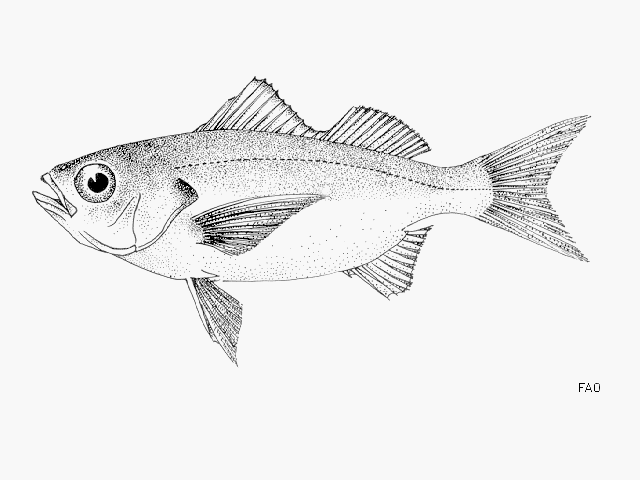Article: Königson, S., Fjälling, A., Berglind, M., Lunneryd, S. Male gray seals specialize in raiding salmon traps. . Fisheries Research 148 (2013) 117–123. DOI:10.1016/j.fishres.2013.07.014
Background
Over the past couple years, humans have been portrayed as the bad guys when it comes to the demise of our oceans. Scientists are often researching ways to save fish populations from the vast amounts of overfishing done across the globe, but rarely do we look at ways to save fish populations from other marine predators. The Baltic Sea, especially off the coast of Sweden, has a huge salmon fishing industry and trap-net fishermen have been fishing salmon for generations. While the technology of fishing gear has greatly advanced, predation has been a constant problem for the fishermen, and the salmon! Gray seals are raiding salmon fish traps (Fig 1), and in consequence the Baltic Sea salmon fishery is severely affected by seal predation.
In the past, culling seals (controlled seal hunting) has been a way for fishermen to reduce damage to their fishery. Seal culling, however, wasn’t shown to eliminate the problem of raiding, but only lessen the impact. This study aimed to find a practical and ethical solution to resolve the conflict between gray seals and salmon fisheries.

The Experiment
In order to learn more about why the gray seals were raiding the salmon traps, several goals were outlined. First, it was important to determine whether the gray seals were specialized in salmon trap raiding. In other words, were the same seals raiding the same salmon traps over and over again? To discover which gray seals, if any, were the specialized “problem” animals, it was important to look at the pattern of visits to the salmon traps and identify individual seals.
Researchers from the Swedish University of Aquatic Resources collected data in the Baltic Sea for two years. They collaborated with local fishermen to deploy two pontoon traps, each outfitted with three underwater cameras. Video footage allowed the researchers to see both the sides and the head of any seal that happened to enter the traps. Scientists were able to identify the problematic seals by their characteristic markings through video observations.

Results and Signifigance
This study was the first to allow researchers to accurately identify seals using an underwater camera setup, showing a few seals are indeed specialized and seek out salmon traps to raid. Less than 1% of the gray seal population in the study site was found to be specialized, and only 5 returned to the fishing traps 20 or more times. Over half of the visits came from these 11 specialized seals; the rest came from one-time opportunistic seals. These specialized seals will most likely continue their behavior indefinitely, causing further problems for fishermen. Targeting these seals could very well reduce the losses to fisheries in the Baltic Sea.
For my fisheries and aquatic science PhD I am working on how to tank raise urchins and transplant them onto reefs across the Florida Keys in order to help reverse the phase shift from algae dominated back to coral dominated.


